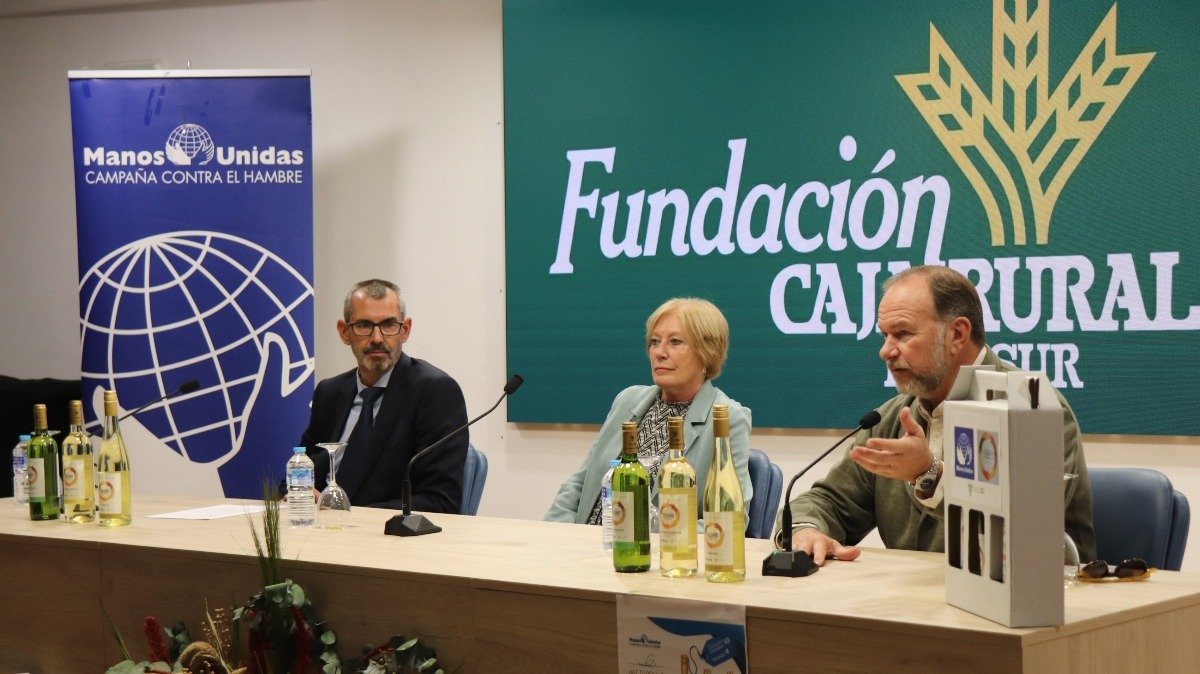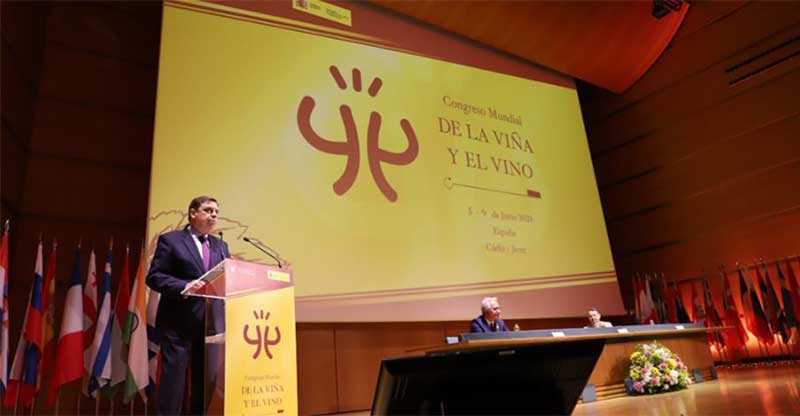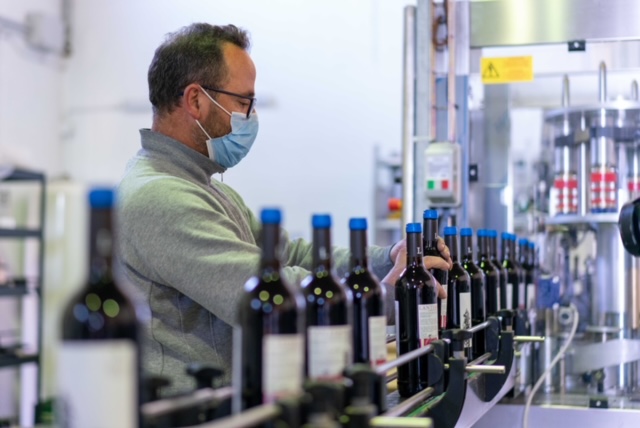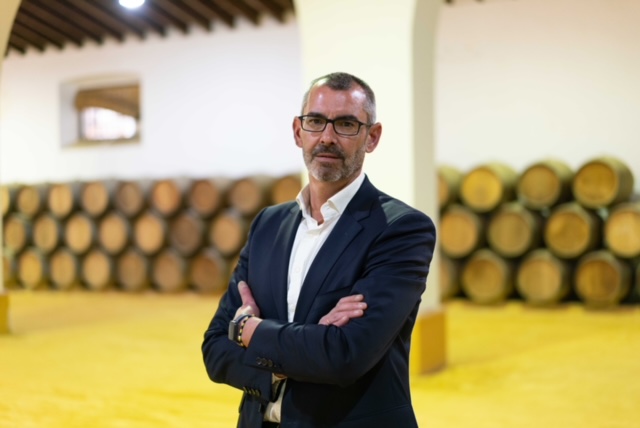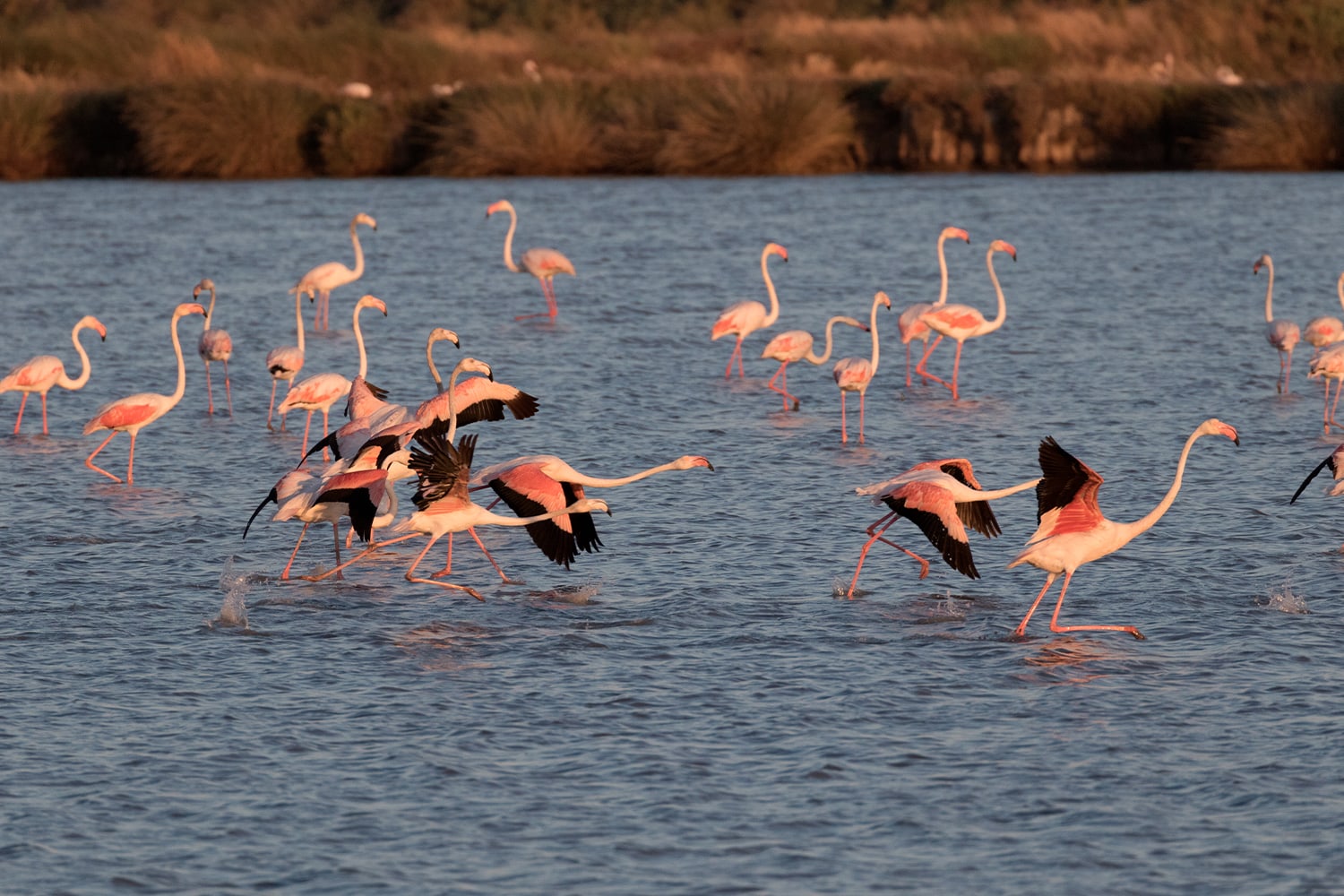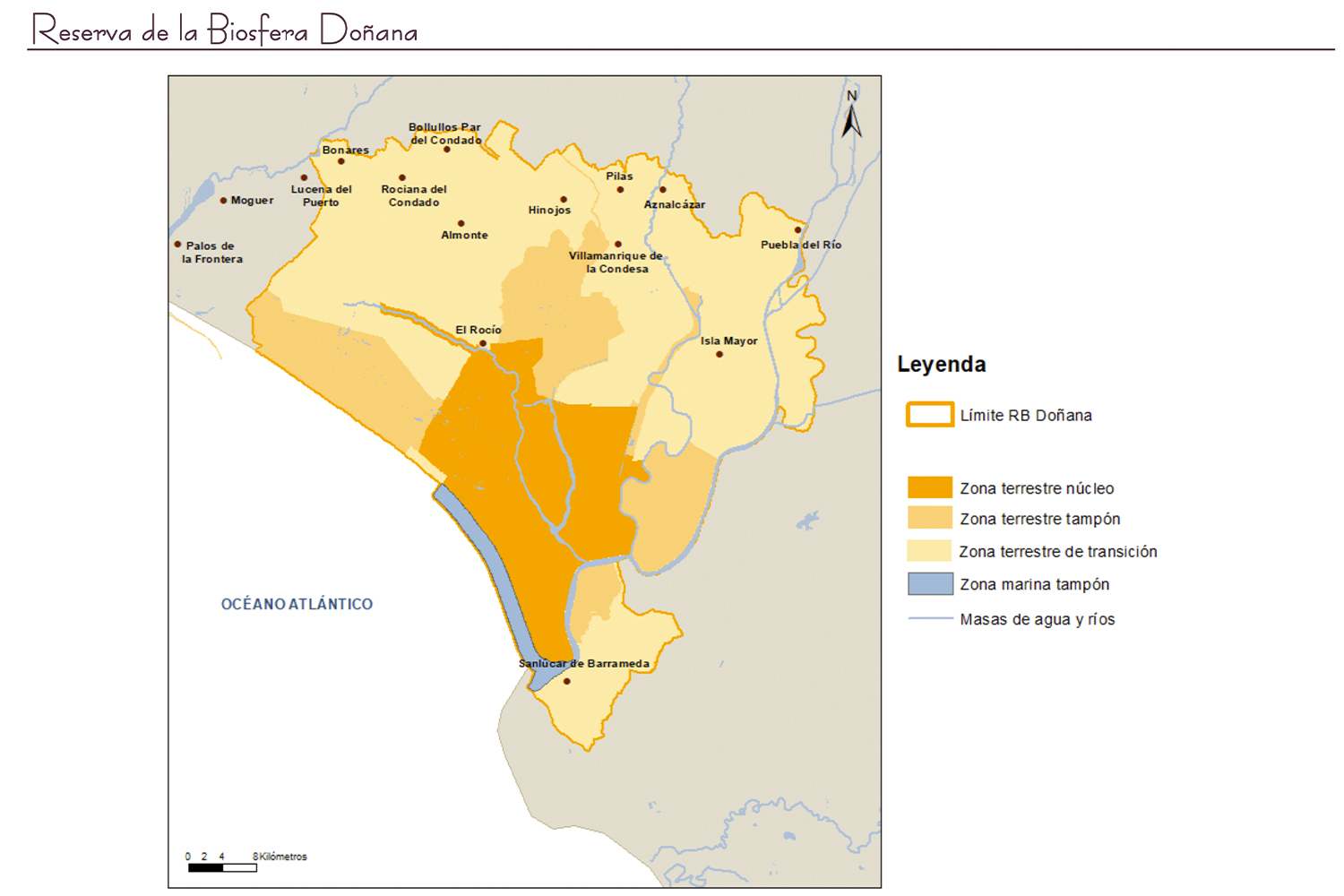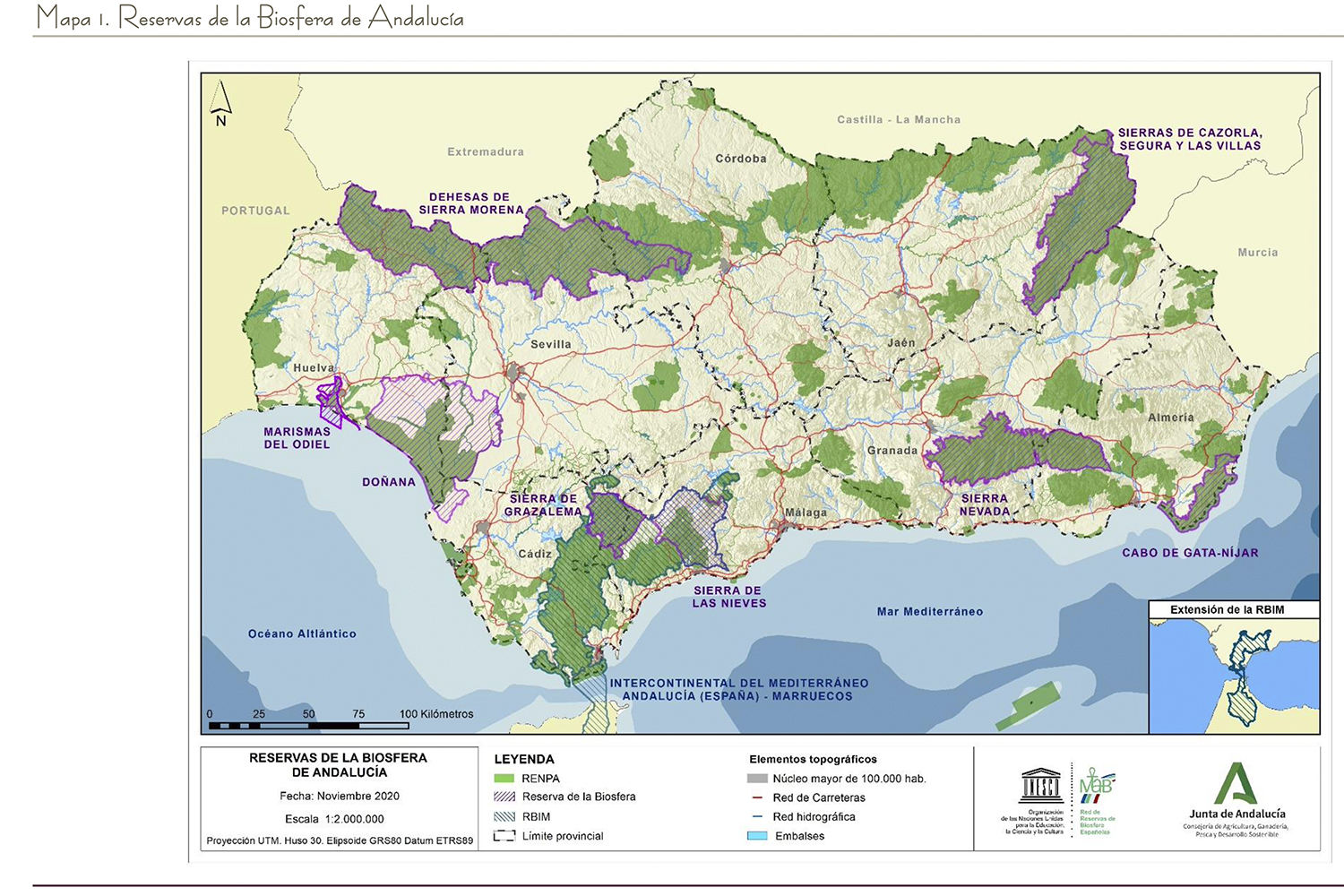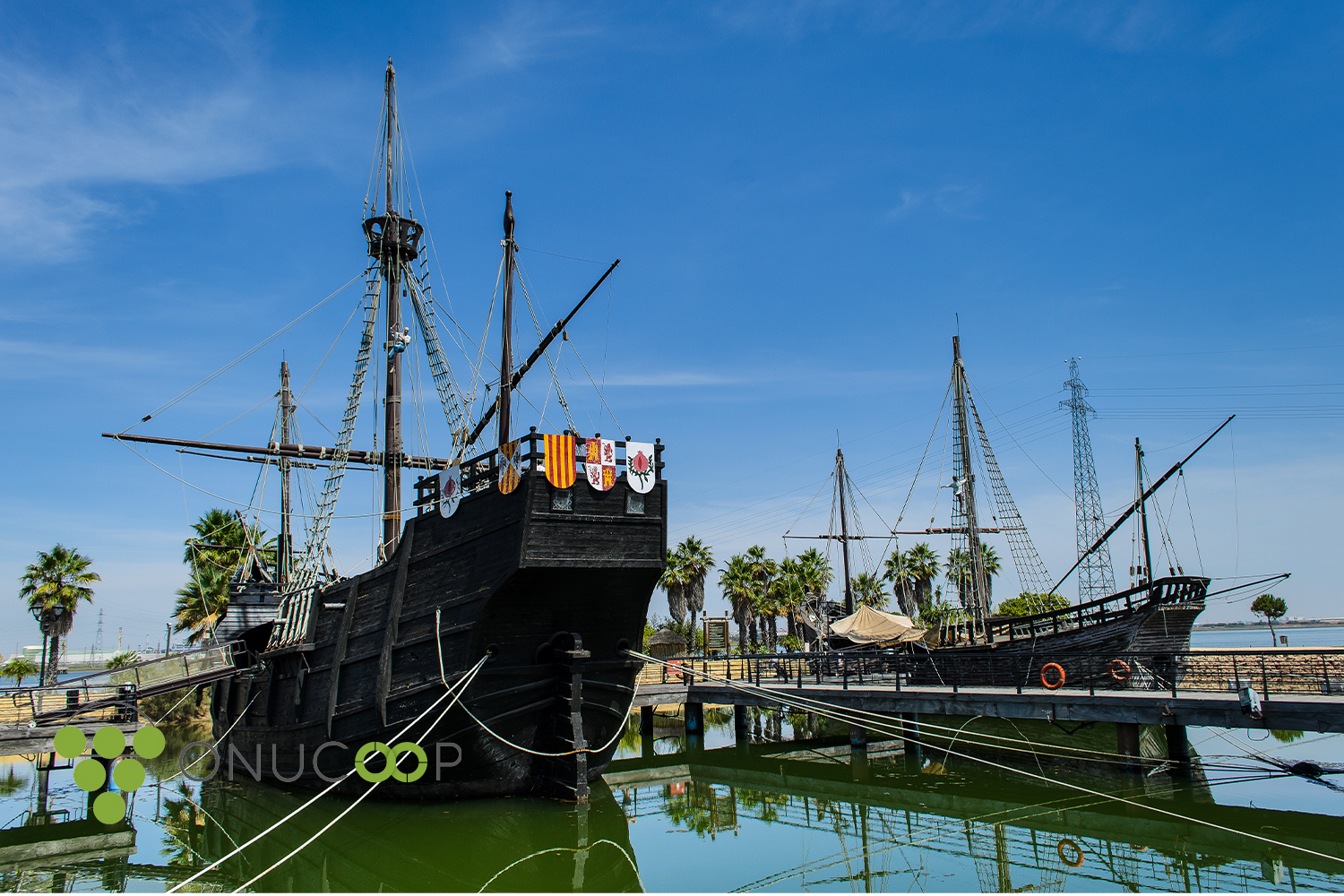Ecological and sustainability links of the cultivation of the vine in Doñana throughout the centuries chronology
The cultivation of the vine in the Doñana region, in the province of Huelva, has been closely linked to sustainability and ecology over the centuries. Here are some of the most notable links:
- 14th and 15th centuries: During medieval times, the monks of the monasteries of La Rábida and Santa María de la Rábida cultivated vines on the lands near Doñana following sustainable and ecological practices. Organic fertilizers, such as manure, were used to improve soil fertility and pruning and irrigation techniques were applied that favored the growth of the vine.
- 18th and 19th centuries: At this time, the cultivation of the vine in the region expanded, and numerous wineries and presses were built to make wine. However, the intensive exploitation of the land and the lack of conservation and sustainability measures led to the degradation of the region's natural ecosystems, such as riparian forests and marshes.
- 20th and 21st centuries: Starting in the 1960s, initiatives began to recover and conserve the Doñana ecosystems, and a more sustainable and ecological cultivation of the vine was promoted. Organic farming techniques were adopted, such as the use of organic fertilizers and the reduction in the use of chemical products, and measures for the conservation and restoration of natural ecosystems were implemented.
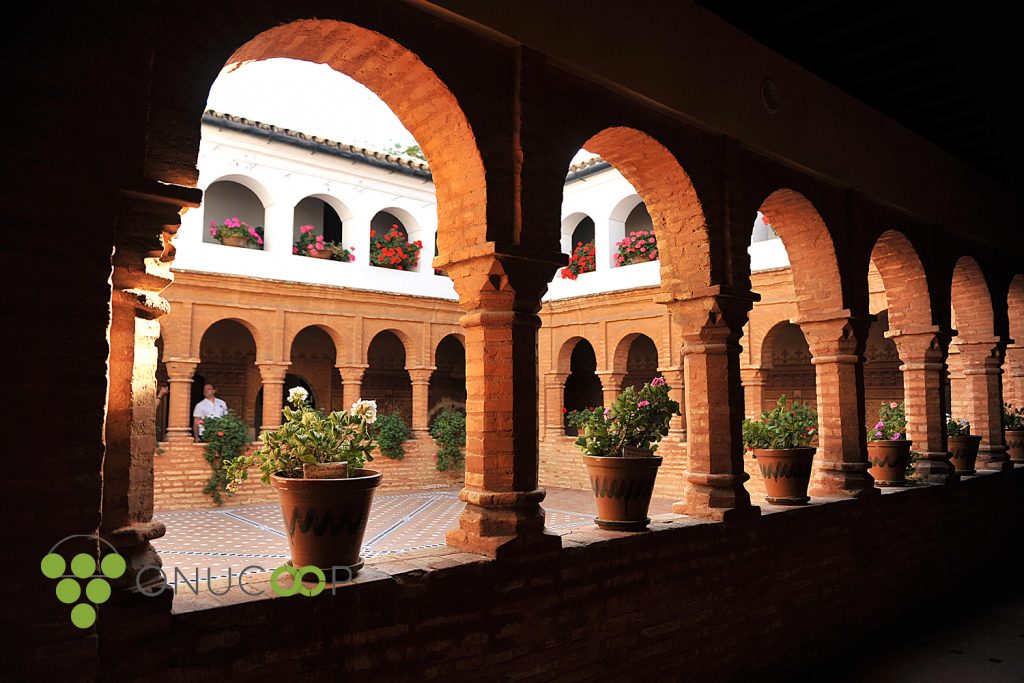
At present, the cultivation of the vine in Doñana is carried out following sustainable and ecological practices, with the aim of protecting and conserving the natural ecosystems of the region and producing high-quality wines that are respectful of the environment. The Condado de Huelva Denomination of Origin has an Organic Agriculture certificationwhich guarantees that the wines produced in the region meet the standards of sustainability and respect for the environment.
